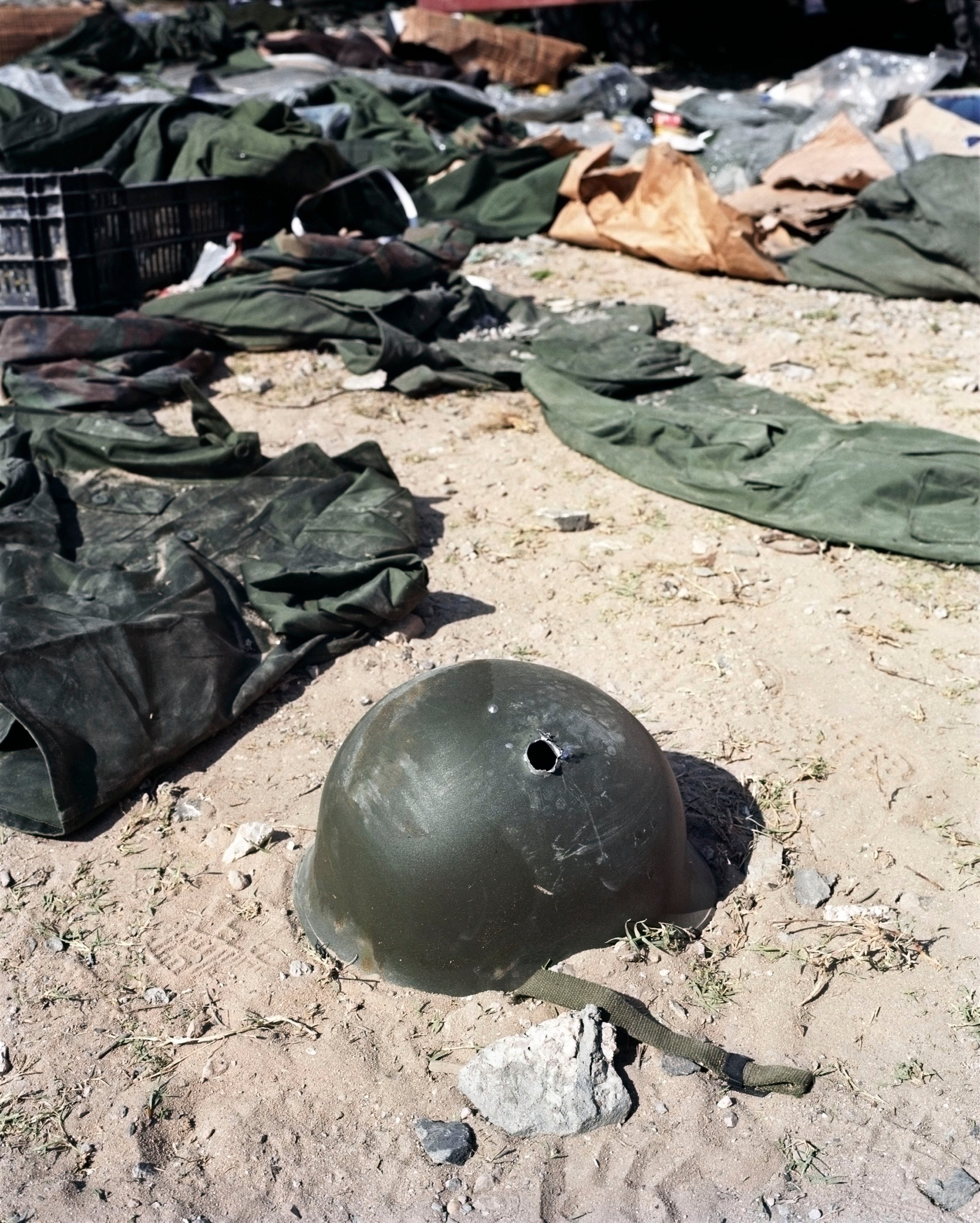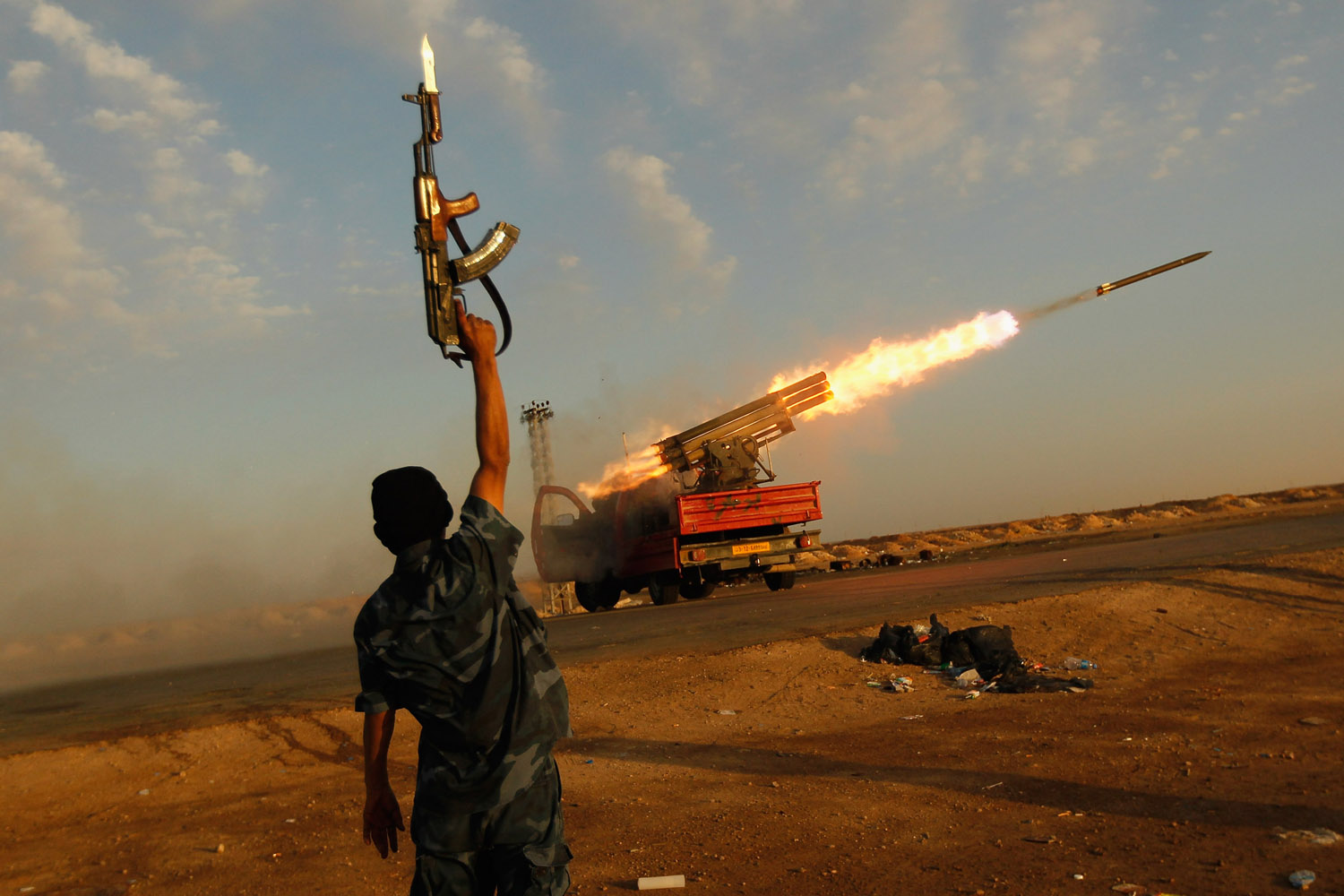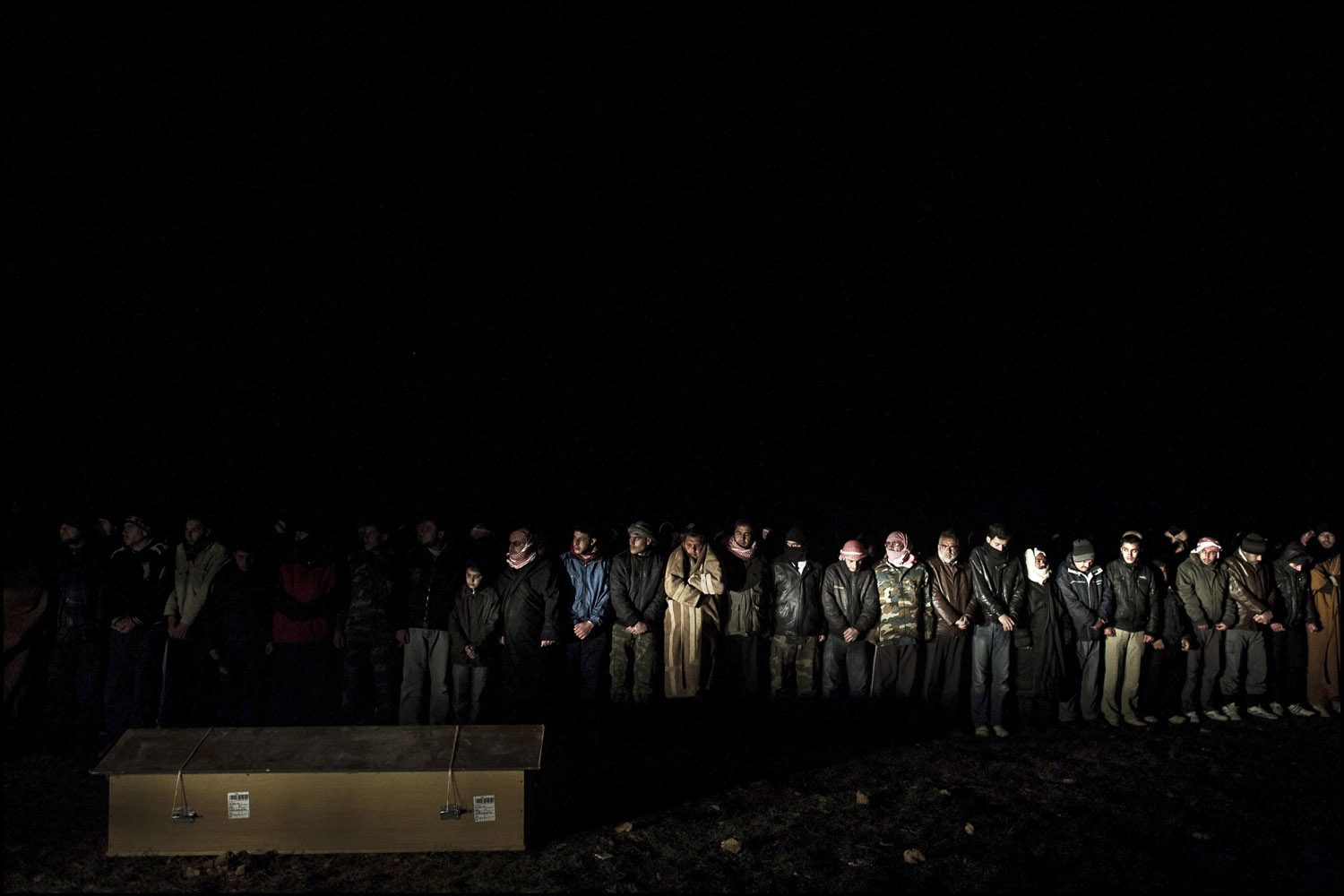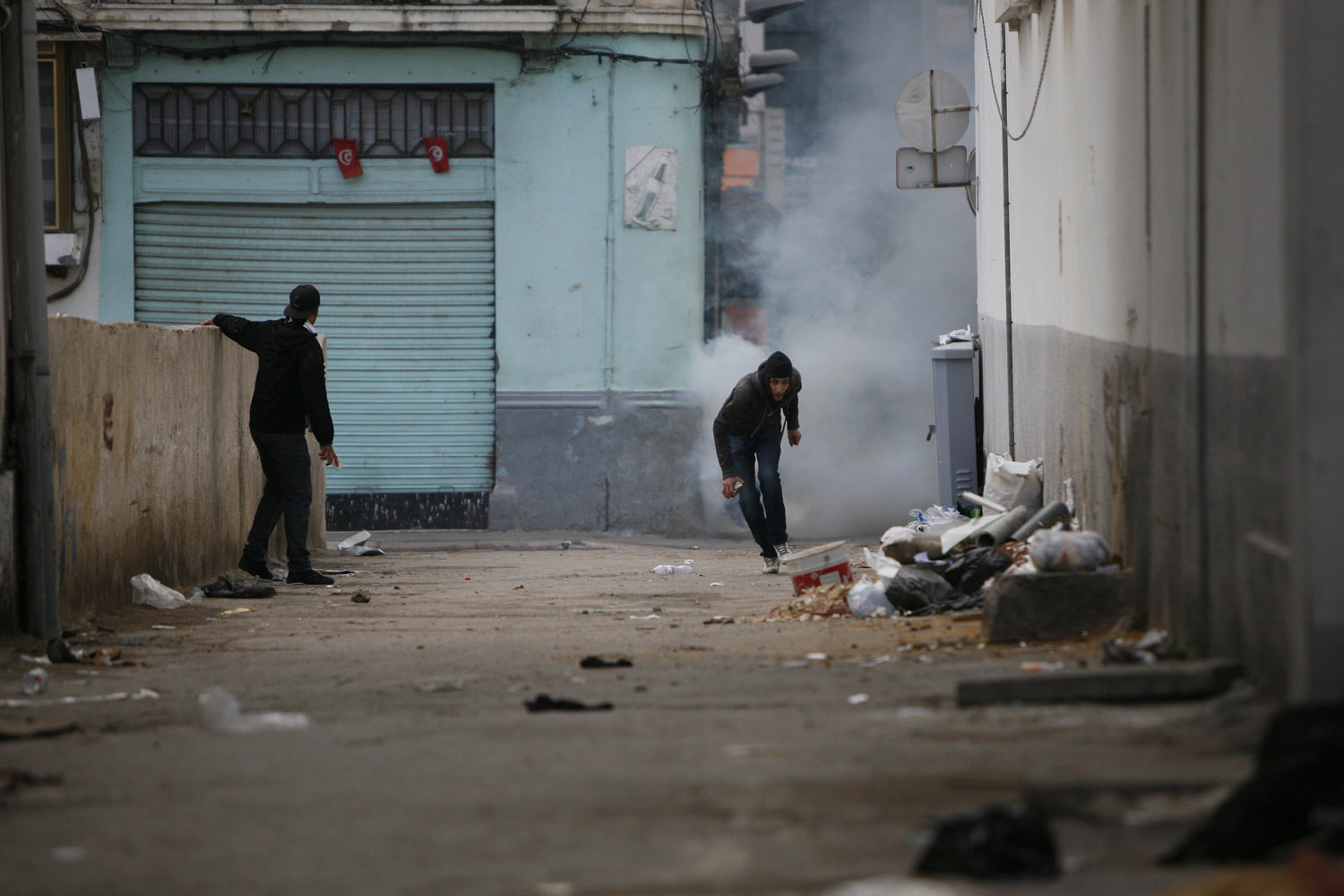
At 8:22 a.m. on Feb. 22, 2012, two journalists were killed when the Syrian government sent a rocket into a makeshift press center in arebel district in the town of Bab Amr. One was the legendary, one-eyed war correspondent Marie Colvin, 56, an American who was working for Britain’s Sunday Times; the other was Rémi Ochlik, 28, a French freelance photographer. Three other western journalists survived that attack and managed a harrowing escape from the siege of the rebel enclave five days later.
The journalistic community is marking the anniversary of Colvin and Ochlik’s deaths with “A Day Without News?” — a campaign to raise awareness of the hostile and dangerous conditions that many reporters and photographers work under around the world, posing the question of what the world would be like if the risks became too great for anyone to try to uncover the truth and to live to bear witness to it. “A Day Without News?” hopes to raise the profiles of the many organizations that act as watchdogs, guardians and first responders for journalists in harms’ way: the Committee to Protect Journalists (CPJ), Reporters Without Borders and Human Rights Watch, among others.
(Related: The Missing Journalists of Syria’s War: The Struggle to Save Those Who Bear Witness)
Their work does not cease. In 2012 alone, 70 reporters and photojournalists were targeted and killed around the world. Syria with its civil war was the most dangerous country for journalists; the turmoil in Somalia and Pakistan also put them on top of the list. But economic powerhouses Brazil and India rounded out the top five. And it is often stunning where journalists are harassed, if not injured and killed, with impunity. There often need not be a war involved — simply local power brokers with weapons and ammunition to spare.
As part of “A Day Without News?,” LightBox presents the work of several photographers recently killed in the line of journalistic duty. It is one quiet way of making certain the world does not forget what they gave their lives for: that a dedication to truth would not be silenced by the insolence of power and the terror of arms; that there will never be a day without news.
Howard Chua-Eoan is the News Director of TIME.





More Must-Reads from TIME
- Donald Trump Is TIME's 2024 Person of the Year
- Why We Chose Trump as Person of the Year
- Is Intermittent Fasting Good or Bad for You?
- The 100 Must-Read Books of 2024
- The 20 Best Christmas TV Episodes
- Column: If Optimism Feels Ridiculous Now, Try Hope
- The Future of Climate Action Is Trade Policy
- Merle Bombardieri Is Helping People Make the Baby Decision
Contact us at letters@time.com